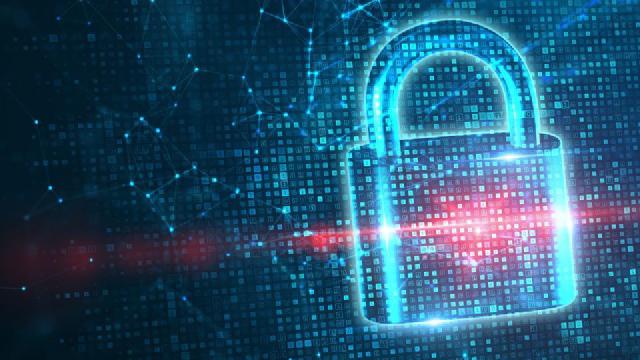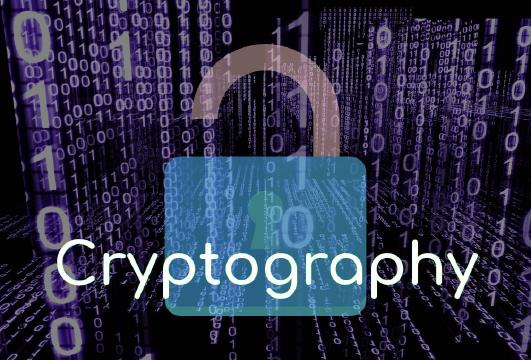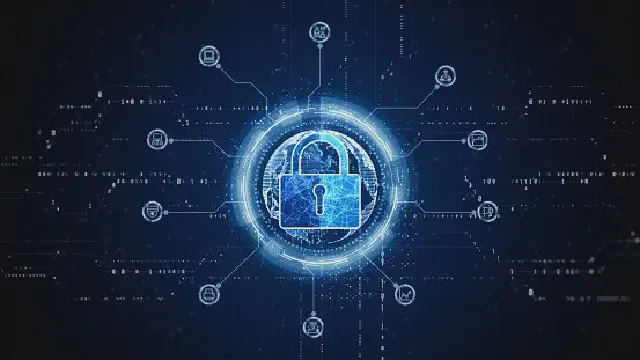Excerpt§
Checksum collisions can occur when two different files have the same checksum. This blog post explores the probability of collision, factors influencing it, detection techniques, and the implications of checksum collisions on data integrity and security.
Checksums are commonly used to verify file integrity and detect errors. However, there is a small probability that two different files can produce the same checksum value. This post examines the likelihood of checksum collisions, their implications, detection, and risk mitigation techniques.
Introduction§
A checksum is a simple value calculated from a file’s data to serve as a integrity fingerprint. Matching checksums for a file downloaded at two different times provides confidence the file is unaltered. However, collisions are possible where the checksums erroneously match despite changed data.
What is a Checksum?§
A checksum algorithm processes a file’s data to generate a short checksum value. Some common checksum methods include:
MD5 - Produces a 128-bit hash value
SHA-1 - Generates a 160-bit hash
CRC32 - Calculates a 32-bit Cyclic Redundancy Check value
Checksums aim to provide a unique fingerprint for each file that can be recomputed and matched to verify integrity.
Can Different Files Have the Same Checksum?§
Since checksums are a smaller, fixed length representation of arbitrarily large data, collisions are mathematically unavoidable. Two different files can eventually yield matching checksums.
The chances depend on:
- Checksum algorithm - More complex hashes like SHA-256 have lower collision odds than simple ones like CRC32.
- File size - Larger files have greater entropy so are less likely to collide.
- Number of files - More files increase the probability of a clash.
Despite astronomically low odds, real-world collisions have occurred, including examples like duplicate SHA-1 values for different source code files.
Detecting Checksum Collisions§
To identify checksum collisions:
Matching checksums can be double-checked by comparing file sizes or recomputing using a different algorithm.
Statistical monitoring can flag abnormal numbers of collisions needing investigation.
Collisions caused by data errors may result in parsing or decoding failures.
Cryptographic signing provides stronger integrity verification than plain checksums.
Implications of Checksum Collisions§
The main risks of undetected checksum collisions are:
Silent data corruption if mismatched files are improperly assumed equal.
Security vulnerabilities if malicious files impersonate other whitelisted files.
This can lead to software failures, data inaccuracies, and breach of sensitive systems.
Mitigating Checksum Collision Risks§
Some ways to minimize chances of collisions:
Use cryptographically strong hashing algorithms like SHA-3, SHA-256 etc.
Implement additional checks like size comparison or secondary hashes.
Apply error correcting codes to detect and recover from corrupted bits.
Validate integrity using digital signatures or HMACs instead of plain hashes.
Monitor statistically for abnormal collision occurrences and remediate.
Conclusion§
While checksum collisions are unlikely in practice, it is prudent to design systems anticipating possible hash clashes. By combining robust hash algorithms, redundancy, error correction, and signing rather than relying solely on a single checksum, integrity can be verified reliably even in the face of collisions. With thoughtful implementation, the risk of collisions can be mitigated to build more secure and resilient systems.















